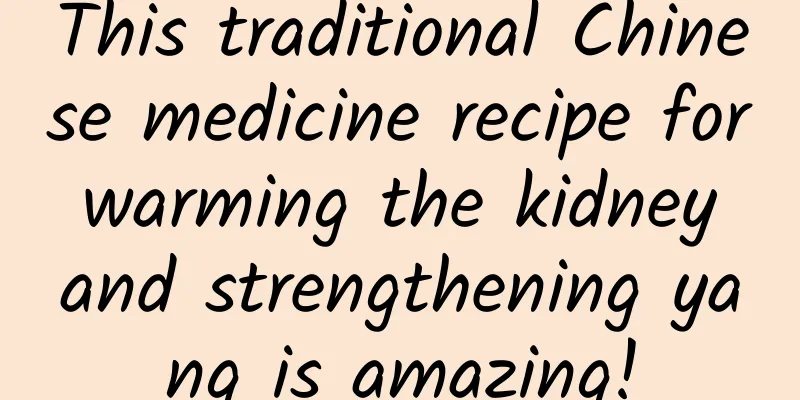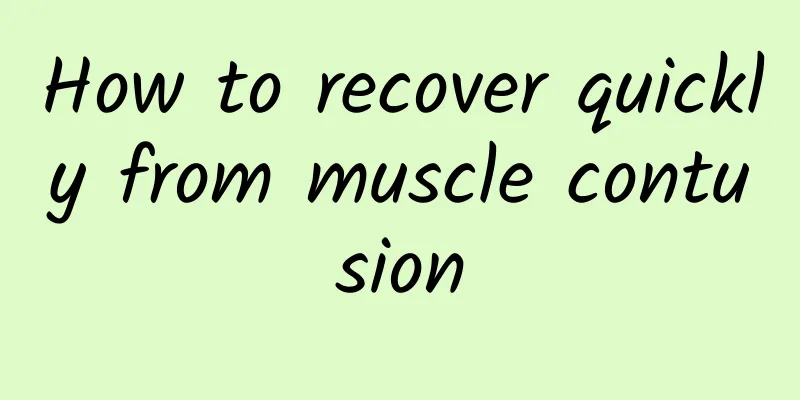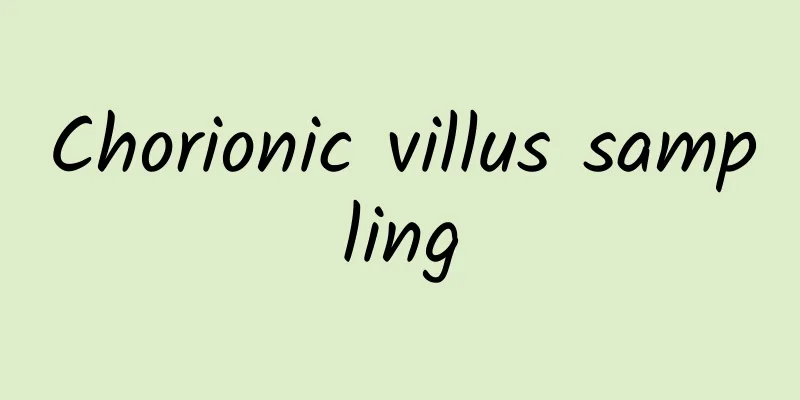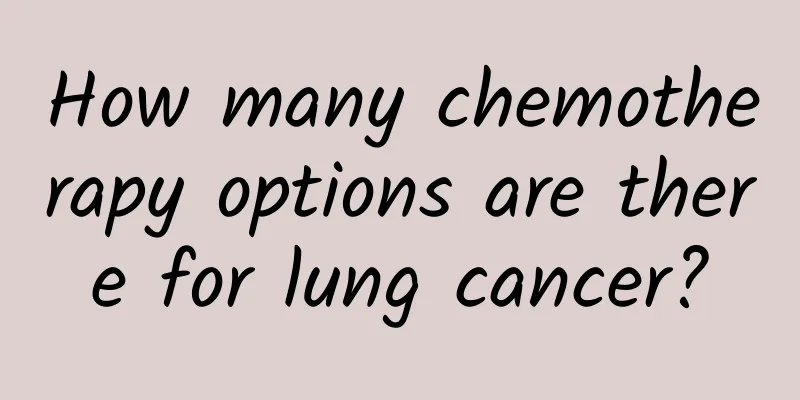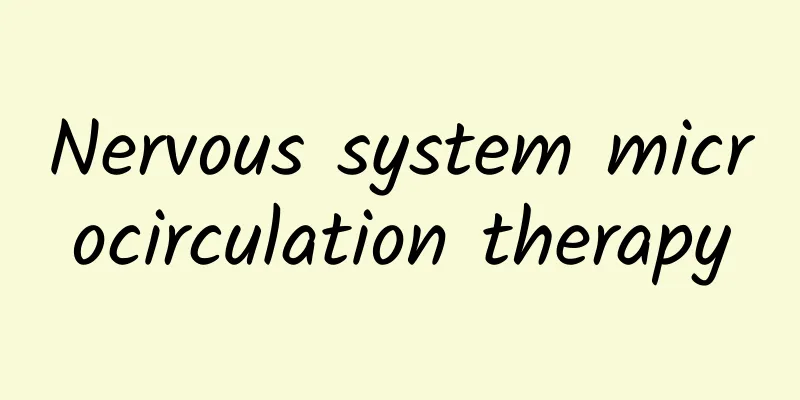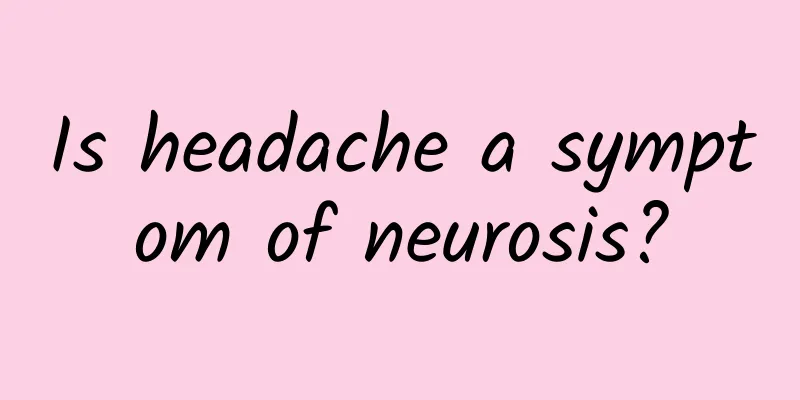|
Fever is caused by an increase in body temperature, which causes cells to not function properly and the body's balance to be disrupted. This is just one of the reasons. Another reason is food accumulation, which mostly occurs among young children. Young children's organs are not fully developed and their stomach capacity is limited, so if they eat too much, it will cause indigestion. If indigestion is severe, it will lead to fever, vomiting, diarrhea, loss of appetite and complicated situation. Let us now take a look at the symptoms of indigestion and fever in young children. Indigestion can cause children to have persistent high fever. This is because if indigestion persists for a long time, it will accumulate and turn into heat, causing fever. In addition, indigestion will lead to further decline in spleen and stomach function and decreased resistance, and once affected by external evil, it is easy to have a fever. It is reported that young children have symptoms of indigestion and fever. Children with indigestion often have a thick and greasy tongue coating, especially the middle part of the tongue. They also have symptoms such as a bad taste in the mouth and abdominal distension after eating. Infant and child doctors point out that paying attention to the following small details can help determine whether the baby has food accumulation: 1. The baby keeps turning over and over during sleep and sometimes even grinds his teeth. 2. The baby's appetite, which had been very good recently, has shrunk again, and his appetite is obviously poor. 3. You will find that the sides of the baby's nose are blue and you can smell a sour and rotten smell in his breath. If you are sure that your child has indigestion, you don't have to rely solely on medication. Some dietary therapies and some dietary therapy methods are very effective in treating indigestion in children. Experts suggest that children should eat less and drink more water, and eat more radishes, yams and other foods that are easy to digest and relieve gas. At this time, you can ask a Chinese medicine doctor to prescribe some prescriptions for digesting food and relieving stagnation, or you can boil 6 grams of Jiao Sanxian and fried chicken gizzard lining in water, and let your child drink it as a beverage for one or two days. This can generally eliminate the initial simple food accumulation. If your child eats too much meat, he can take some large hawthorn pills. The Three Immortals of Jiao refer to burnt hawthorn, burnt malt, and burnt Shenqu. Among them, the burnt hawthorn is for removing meat accumulation, while the burnt malt and burnt Shenqu are for clearing away grain accumulation. Fried chicken gizzard lining has the effect of removing blood stasis and eliminating accumulation, and is very beneficial for promoting spleen and stomach function. Chicken gizzard lining is the yellow membrane inside the chicken gizzard. When you eat chicken at home, you can take out the chicken gizzard lining, dry it, bake it, and then grind it into powder. You can also buy ready-made chicken gizzard lining directly from the pharmacy. 1. Wipe with warm water or take a warm bath: Wipe the child's head, armpits, limbs with a warm and wet towel or take a warm bath, scrub the skin more to promote heat dissipation. 2. Foot soaking can promote blood circulation, relieve discomfort, and lower the baby's body temperature. You can use a large basin or a small bucket to soak your feet. Pour 2/3 of the basin with water. The water temperature should be slightly higher than usual, based on what your baby can adapt to. When soaking the baby's feet, the mother can rub the baby's two little feet, which can not only dilate the blood vessels but also relieve the discomfort caused by fever. 3. Ice compress: You can use a small amount of ice compress appropriately and apply ice or cold compress on the baby’s head or large blood vessels. But be sure to wrap a layer of cloth around the ice bag to prevent local frostbite on the baby's skin, and babies under 6 months old should not be given ice compresses. There is still much controversy about the pros and cons of this approach. It is generally believed that ice compresses do more harm than good, because they may cause the capillaries in the baby's skin to contract, hindering heat dissipation and causing the body temperature to be higher. Especially if accompanied by chills or shivering, ice compresses should not be used. 4. Apply wet compress with a warm towel. Wipe the baby's limbs with a warm towel, or apply a wet towel to the forehead to help reduce fever. 5. For medication to reduce fever, generally choose cooling patches or cooling suppositories . You can also choose oral solution or granule dosage forms. For infants under 1 year old, it is best to use drops because the drug concentration in drops is low and less irritating. 6. Feed your baby water repeatedly and try to let your baby rest in bed. While taking the above-mentioned antipyretic measures for children with fever, you should closely observe the baby's other conditions, such as whether he or she has a cough, his or her mental state, etc. If the temperature is too high, go to the hospital for treatment.
|

